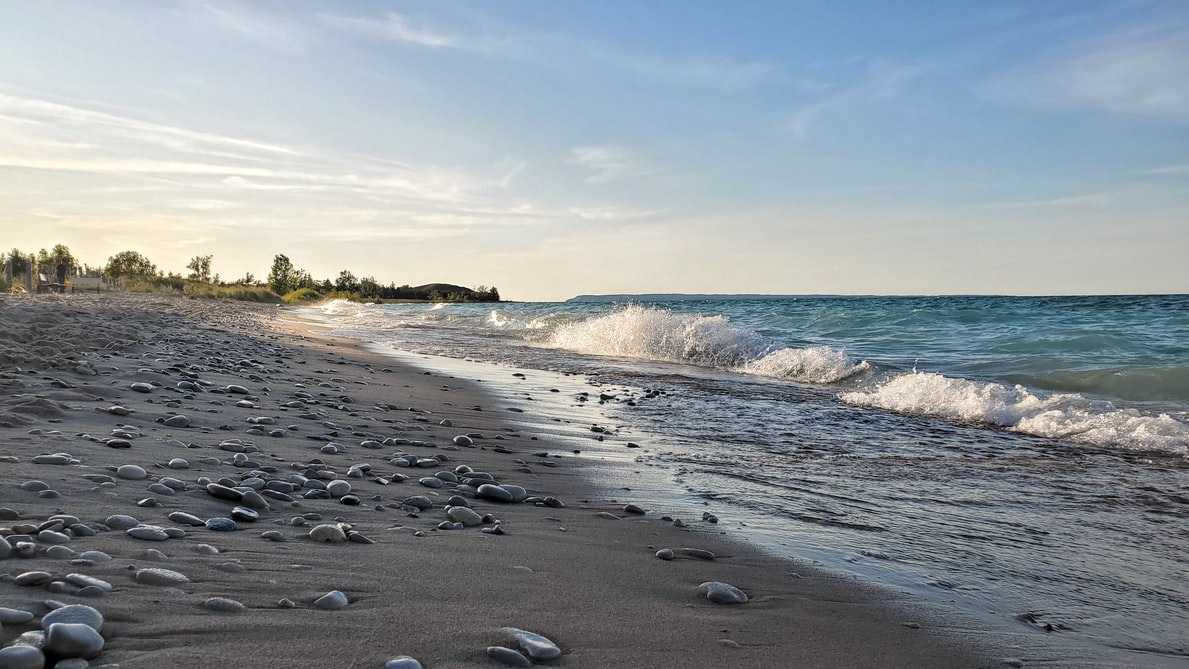Securing Workplace Safety Amid Rising Water

The Great Lakes are experiencing their highest water levels in 125 years across certain areas of the USA. In NW Michigan, MyNorth report that records show the wettest one, three and five year periods since records began 125 years ago. Furthermore, the past two years have seen the highest rise on record, according to the US Army Corps of Engineers. Rising waters always bring with them problems, for both infrastructure and for working conditions, which will impact workers of all types.
Infrastructure impact
Flooding is the primary impact of rising waters, and this will have a direct impact on multiple shoreline communities. The Port Huron Times Herald have outlined this risk, alongside the fact that regular flood defences are behind on time due to the coronavirus outbreak. Workers may find that they are unable to work at all post lockdown due to flooding, or that their places of work are rendered unsafe due to flooding and infrastructure damage in the local area. As always, employers should be vigilant to workers comp claims and ensure that they have a comprehensive policy; employees should be aware of what their rights are, too, to avoid nasty surprises. Given the recent history of rising sea levels, it wouldn’t be absurd for workers and employers to obtain some degree of flood protection.
Pollution risks
With rising water levels comes a distinct risk of enhanced on-land pollution. According to The Daily Reporter, pollution levels in certain areas of the lakes have become so severe that $1.8tn has been issued to organizations to reduce algal bloom. If levels rise, it can be expected that more of the impacts of water pollution will be found on land, directly impacting working people. Close contact with organizations like OSHA will be absolutely necessary to help employers and employees manage any risk stemming from the increased rate of water and flooding on-land; this will be especially pertinent on the many beaches dotting the coast of the Lakes, given the huge amount of interest and employment focused every year on these areas.
Employment opportunities
While flooding may take away or make certain work unsafe, it’s providing opportunities elsewhere. According to the NDRC, there have been various projects dedicated to addressing the impacts of rising water levels, including the production of huge green areas and drainage basins. This provides an opportunity for Lakes area workers to find a new professions, though it will once again be important that workers ensure that they and their employers have everything they need to remain safe within their role and not risk any harm – whether that’s related to the rising waters or not.
Whether through climate change or extraneous factors, the water levels around the Great Lakes are undoubtedly raising. With this comes a wide variety of health and safety issues that directly impact the workers of Great Lake states. Staying in employment but also staying safe will be a primary concern for authorities moving forward, especially if water levels continue to rise.
0 comments